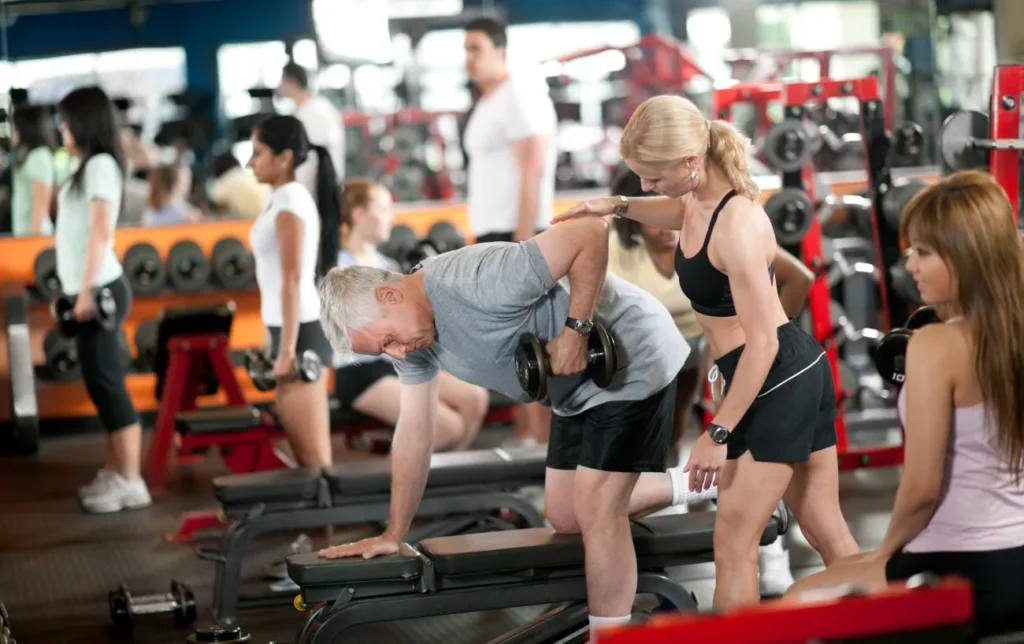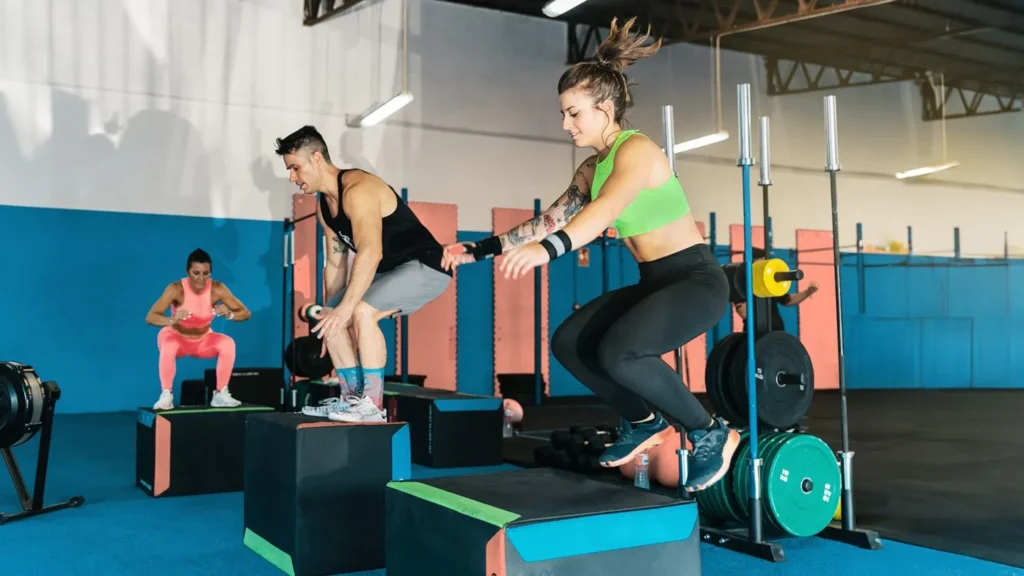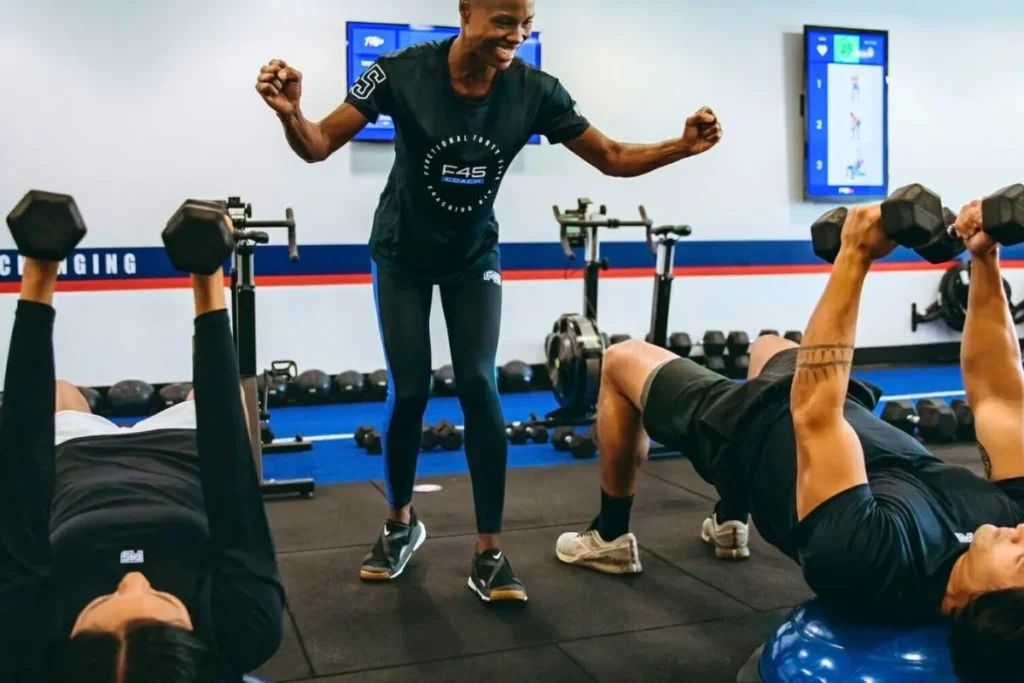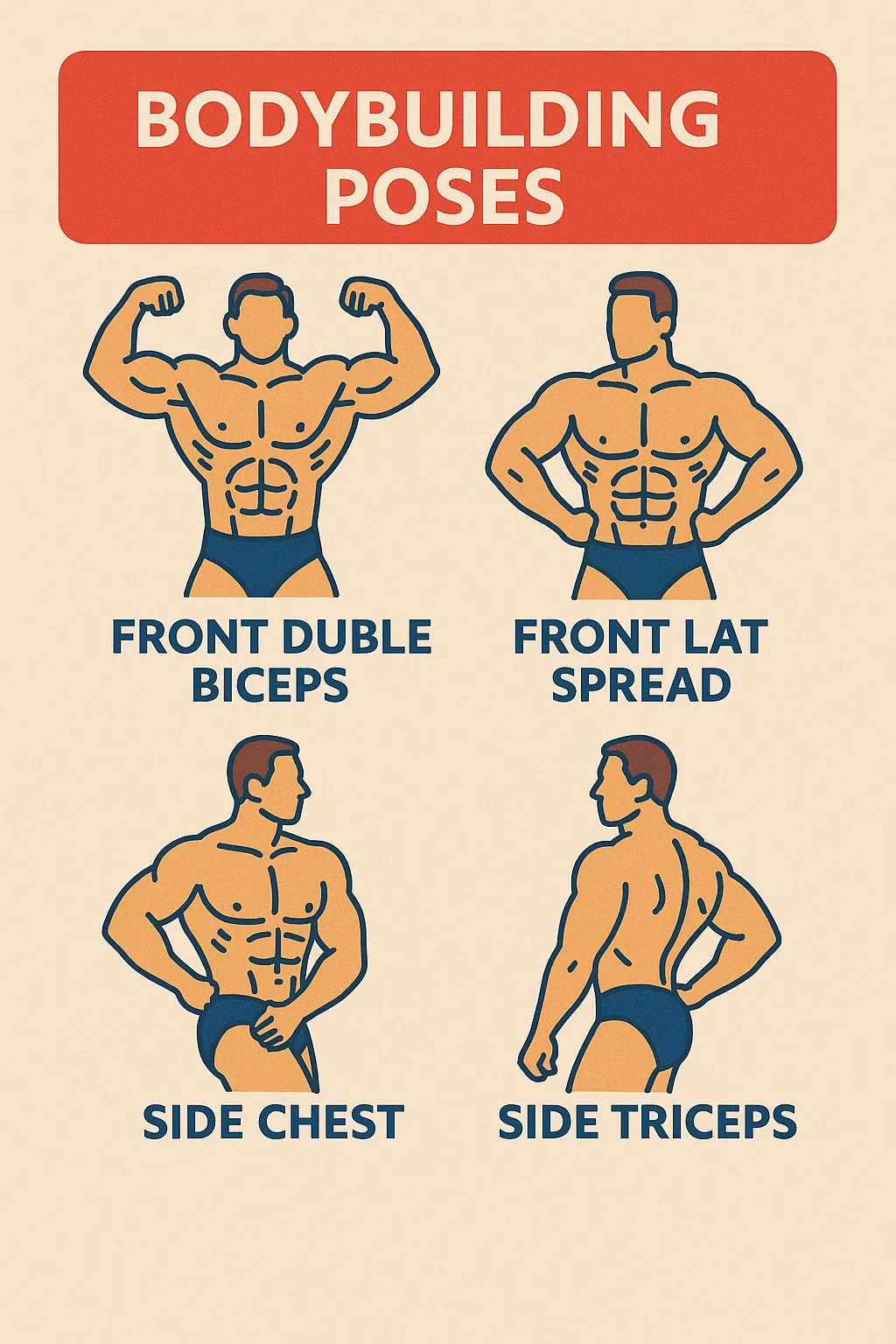For anybody pursuing a fitness regimen, it’s not uncommon to have doubts regarding the amount of effort necessary to attain your goals: Are you training hard enough? How can you know if you’re training too hard? And how do you even quantify “hard enough”?!
Tracking your heart rate with a heart rate monitor may give you a general indication of how hard you are working, but utilizing your heart rate alone may not always be the greatest guidance.
Your heart rate may change based on variables such as where you are in your menstrual cycle, how stressed you feel, and your intake of things like coffee and alcohol, so it’s not necessarily the ideal assessment of effort if you want to optimize your exercise outcomes.
This is where utilizing your rate of perceived effort, or RPE may allow you to exercise at the optimum intensity to reach your fitness objectives or break through any training plateaus.

What is RPE in Gym?
The rate of perceived exertion (RPE) quantifies the intensity of an activity, using a score of how tough a certain exercise feels while you’re performing it. RPE isn’t a difficulty assessment of an activity; it’s a subjective value that’s based on how YOU feel physically and psychologically. It employs a scale of 1-10 as a reference, where 1 is the least difficult and 10 is the most difficult.
Rating your effort this manner allows you to self-regulate your training intensity throughout a workout, without having an external monitor or fitness tracker.
When you first start to evaluate your RPE, it might be tough to pick a grade if you’re not sure what maximal exertion feels like for you. As you begin to work out more and more, you’ll become better at judging your effort level and the capabilities of your body using the RPE scale. What seems challenging and easy will also vary as your power and fitness increases!
Why Should I Utilize RPE?
RPE enables you to train to a specified intensity to match the objectives of a given session. You may also vary your exercise intensity depending on how you feel that day. This means your exercise may be tweaked in reaction to any physical or emotional stress you might be experiencing, which can assist in lessening the risk of damage.
For example, owing to changes in your hormones and energy (and life in general), the weight you utilize for a maximal effort squat one week can be considerably different from the next.
This is typical! You don’t need to work out at utmost intensity every time. On those days you ARE feeling your best, adopting RPE also helps you to enhance your training by ensuring you’re pushing yourself enough to obtain results.
How to Assess RPE
To establish your RPE, pick a grade between 1 and 10 based on muscular tiredness, raised heart rate, and increased rate of breathing. The greater the number, the more intensive the activity. An RPE of 1 is typically considered to be slightly above rest, with scarcely any exertion, while an RPE of 10 is a maximum effort – as hard as you can go.
What Impacts My RPE?
Your RPE is a subjective rating based on how you’re feeling at the moment. Because it’s a self-determined rating, it might fluctuate based on many external variables that impact your exercise performance, like whether you’ve had enough sleep, what you’ve eaten that day, where you are in your menstrual cycle, and if you’re under any type of stress.
If you are dehydrated, stressed, or completing a fasted workout, you can discover you hit the same RPE with a lower exercise intensity than if you had a pre-workout food and lots of fluids. Being able to judge your exercise in terms of effort may also be informative on days when you don’t appear to be growing in terms of strength, speed, or reps.
Guide to Training Using RPE
Rate of perceived effort may be used to guide both strength training and cardio.
Strength Training Using RPE
You may use RPE to select how much weight to use for an activity with a specific number of repetitions. You may calculate your RPE for strength training based on muscle exhaustion or how much effort is necessary to raise the weight during the first rep of an activity.
One approach to think about RPE for strength training is to evaluate how many more repetitions you could do in total. If you could still accomplish 2-3 repetitions after you have finished your set, this is an RPE of 8. If you couldn’t possibly perform one more rep after your set, this is an RPE of 10.
More volume strength training (meaning more repetitions) to develop muscle growth is normally done at an RPE of 7-8. This training intensity is also useful for establishing confidence with new exercises before you add additional weight.
If you’re performing high-intensity resistance training (HIRT), you should pick a weight at roughly a 6-7 RPE to guarantee you can maintain good technique throughout the session while still pushing yourself. Exercises done at an RPE of 8-9 are meant to improve muscular strength, and you’ll complete a reduced number of repetitions.
Using RPE to Pick a Weight in Your Sweat Program
Can you utilize RPE to maximize your training with your Sweat program? Absolutely! If your exercise includes weights and you aren’t sure where to start, always take a lesser weight and increase gradually as you feel comfortable with your technique.
For High-Intensity Strength with Kayla Itsines and Sweat’s Strength & Resistance program, you’ll want to pick a weight such that the last rep of each cycle is challenging but not impossible — an RPE of approximately 7. If you think the weight you chose for the first lap of each superset is too easy, increase it for the second lap.
Kelsey Wells’ PWR program is intended to develop lean muscular mass via muscle hypertrophy. The activation exercises are done at an RPE of 5-6, escalating to an RPE of 7 for the pyramid exercises and supersets.
For FIERCE, High-Intensity Strength at Home with Cass and High Intensity with Cass, the weight you pick will change based on the kind of training. For a high-intensity exercise like Tabata, you’ll use a lesser weight since part of the intensity will come from your cardiac effort! For a strength exercise, you’ll use a heavier weight, with an RPE of roughly 7-9.
An RPE scale is given to assist you in assessing the intensity of some of the exercises used in the BUILD program. The warm-up comprises activities with an intensity of 4-6. The main movement, after your body is heated, is done at a greater intensity of 8 RPE.
These are your hefty lifts. Towards the conclusion of the program, you’ll execute movements with higher repetitions and smaller weights to produce muscle exhaustion and achieve an RPE of 9.
RPE for Cardio and HIIT
One of the easiest methods to estimate your RPE during a cardio or HIIT workout is by evaluating how easy or tough it is to communicate during exercise. At a very mild effort, it’s simple to carry on a conversation, like going for a stroll with your gym companion. As you raise the intensity, it gets progressively difficult to communicate, until the point where you absolutely can’t talk!
And no, pushing yourself to your max every time you work out isn’t a smart technique if you want to see improvement – you may gain by adopting a variety of training intensities throughout your week. All of the Sweat plans offer low-intensity cardio workouts as part of your weekly training objectives, so you can use them to start measuring your RPE.
If you’re a beginner, you’ll keep most of your exercises at a lower intensity as you build up a baseline of fitness, but feel free to push yourself to observe how your body feels! Low-intensity cardio exercises should be done at a light to medium effort, where your rate of perceived exertion is a 3. As you enhance your fitness, you may even undertake HIIT cardio, when your working periods approach an intensity of 8 RPE.

Bottom Line
Train at a range of intensity to enhance your outcomes. No matter whatever training technique you pick, conducting exercises at a range of intensities will allow you to avoid or break through a workout plateau while optimizing the benefits you obtain from your program.
Using your RPE, you may exercise according to the proper amount of intensity throughout every session. As you utilize this rating, over time you’ll grow better at recognizing your body and what various intensities feel like.







